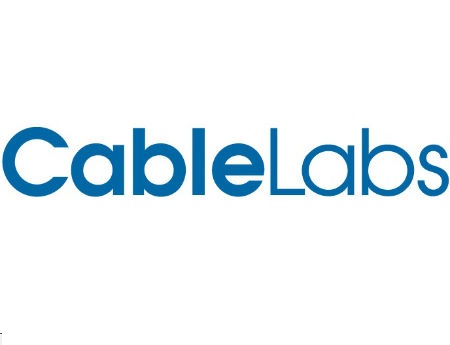CableLabs Moves Ahead with Remote MAC/PHY

Deepening its view into next-gen cable access architectures, CableLabs has recently launched a working group focused on Remote MAC/PHY, an emerging approach for next-gen distributed converged cable access platform (CCAP) architectures.
“The scope of the work for Remote MAC/PHY…is in its early stages,” Jon Schnoor, lead architect at CableLabs, explained in this brief video that accompanied a blog post about the work. “We’ve just kicked off the program, so the working group is actually defining the type of work we’re going to do.”
CableLabs noted that the new Remote MACPHY working group is part of its Distributed CCAP Architecture (DCA) program, and is comprised of operators, equipment manufacturers, and CableLabs’ engineers.
The resulting work aims to develop one or more specs that enable Remote MAC/PHY products from multiple vendors to interoperate.
The greater focus on Remote MAC/PHY at CableLabs also comes amid recent activity centered on Remote PHY.
RELATED: Test Time for Remote PHY
Both efforts are tied into approaches that take and break down components and functions of the network and place them further toward the edge of the HFC network. A central idea of distributed access architectures are to enable cable operators to reduce power and space requirements of more centralized products that took hold in the first wave of deployments for CCAP, a high-density architecture that combine the functions of the edge QAM and the cable modem terminations system.
Multichannel Newsletter
The smarter way to stay on top of the multichannel video marketplace. Sign up below.
RELATED: Ramping Up for Remote PHY
Cable operators are also looking for distributed access architecture to improve the fidelity of the outside plant and to help them drive more capacity for DOCSIS 3.1 and to set things up for Full Duplex DOCSIS, an annex for D3.1 that will support multi-gigabit symmetrical speeds.
Operators are weighing options whereby they would distribute just the PHY or both the MAC and the PHY, as the latter approach distributes more of the smarts of the network but costs a bit more power to pull off. Vendors such as Nokia are trying to end the debate with distributed approaches that use “universal” cable access nodes that can be configured (via software) to run as a Remote PHY device or a Remote MAC/PHY device.
RELATED: Nokia Touts Versatility for ‘Virtualized’ Distributed Platform for Cable Ops
